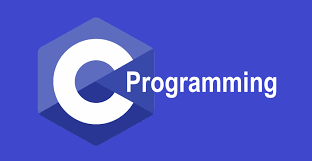
Identifiers in C are the basic building block of a program. As the name suggests, they are used to identify user-defined objects. For instance, variables, functions, arrays, structures, unions, labels, etc.
An identifier starts with a letter A to Z, a to z, or an underscore ‘_’ followed by zero or more letters, underscores, and digits (0 to 9).
Rules for composing an identifier in C:
- Identifiers can have alphabets, digits, and underscore characters.
- C does not allow punctuation characters such as @, $, and % within identifiers.
- They must not be a keyword.
- They must not begin with a digit.
- Identifier length should not be more than 31 characters.
- C is case sensitive in nature i.e., upper-case letters and lower-case letters are different.
- Assign indicative names that make sense.
We can create any name as an identifier by following the given rules. Let’s take a look at some examples.
Valid identifiers examples:
variable1 app_2 _xyz _XYZ Rst sum1Invalid identifiers example:
23a @var !$b 09xySome facts about identifiers:
- Not all identifiers are variables.
- It is created to give a unique name to an entity.
- Identifiers are tokens.
- Once declared, we can use the identifier in the later program.
Note: Also read about C Program – Structure & Keywords in C.
Follow Me
If you like my post please follow me to read my latest post on programming and technology.
https://www.instagram.com/coderz.py/
https://www.facebook.com/coderz.py
Staying up to the mark is what defines me. Hi all! I’m Rabecca Fatima a keen learner, great enthusiast, ready to take new challenges as stepping stones towards flying colors.
Leave a Comment
You must be logged in to post a comment.